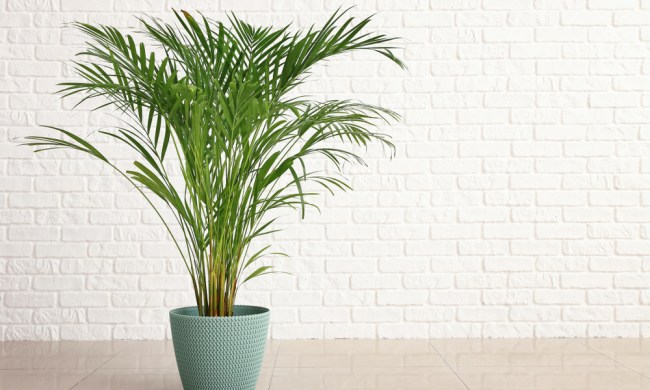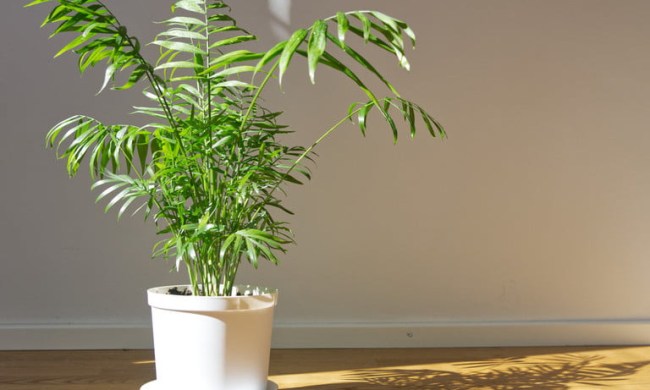While they make for striking statement pieces in minimalist homes, plants are also the perfect building blocks for maximalist spaces. Bring the great outdoors into your home for a vibrant tapestry of varying foliage textures and shades of green. With a little mindful arranging, plants can easily make the interiors of a house or apartment feel more alive.
If you want to create that indoor jungle look without accumulating too much clutter, here’s how to incorporate plants into your home for a maximalist vibe.
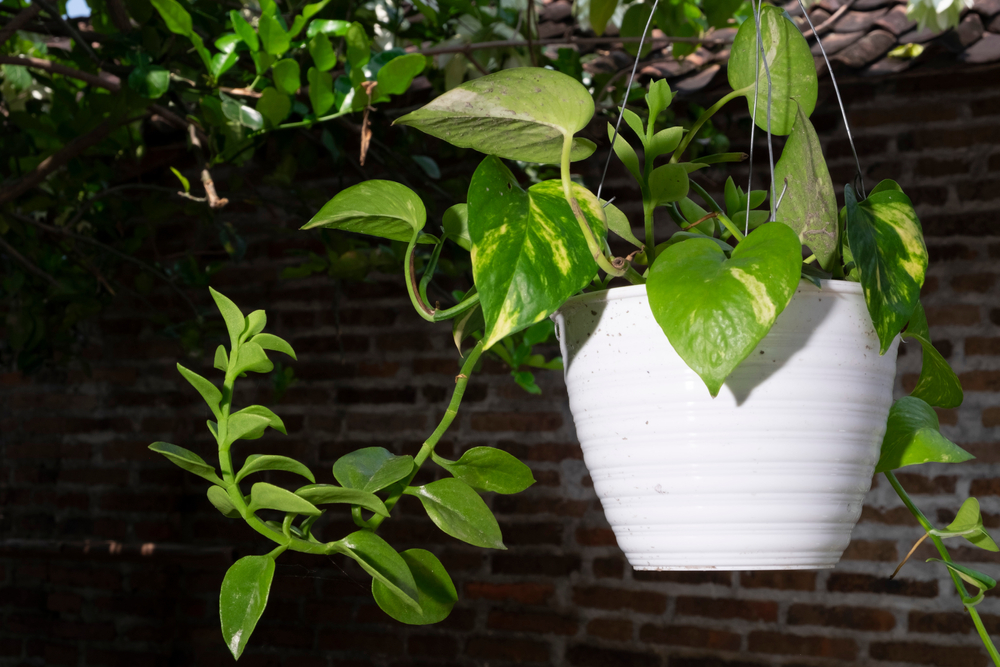
Pick low-maintenance plants that are easy to grow
A maximalist indoor jungle is obviously only appealing if your plants actually stay alive — wilted stems and crispy leaves are not very attractive. Selecting the ideal plants for your indoor jungle really comes down to how much time you have to take care of your plants. If you don’t have a lot of extra hours in the day to water and feed your plants constantly, it might be best to skip finicky picks like ferns and calatheas. Consider low-maintenance pothos, philodendrons, dracaenas, snake plants, and tradescantias.
Another part of the plant care equation is your home environment. Room temperature is perfect for most houseplants, but two other important factors to consider are light and humidity. Some plants, such as cacti, fiddle leaf figs, and monsteras, do best with plenty of bright light, so they’re suited for homes with ample natural lighting. Some plants, such as nerve plants and prayer plants, need lots of humidity. If you live in a dry environment and don’t have access to a humidifier, you might not want to pick a plant with high demands for humidity.
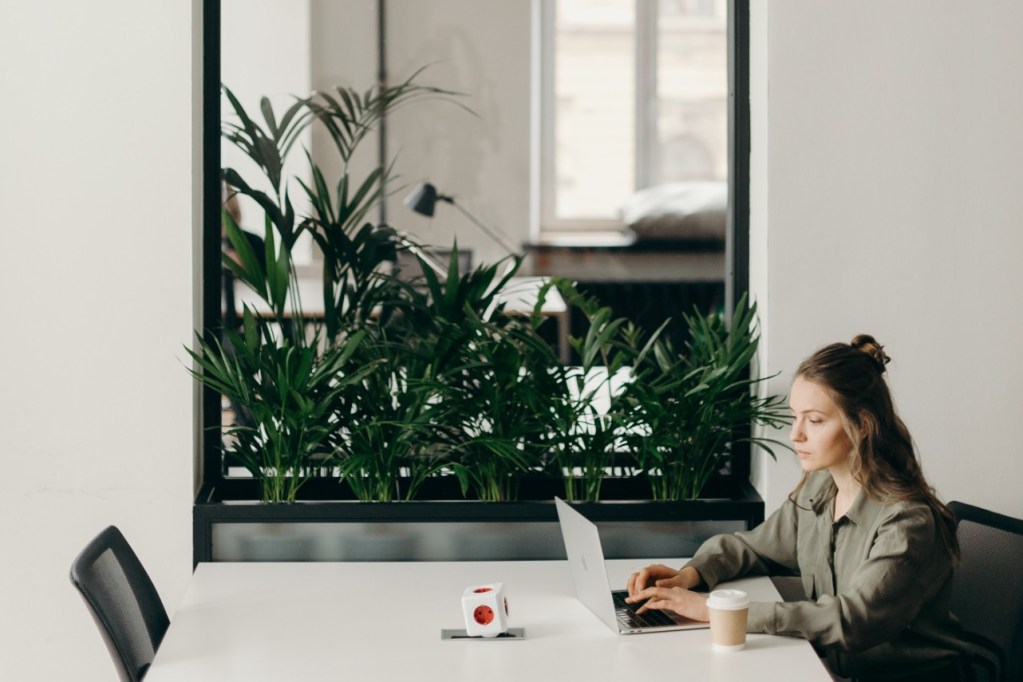
Add mirrors to make your space look bigger and your plants appear fuller
Mirrors reflect light and conjure up the illusion of more space. The natural light that bounces off mirrors also helps your indoor jungle plants grow strong and healthy, so it might be beneficial to place mirrors in dark corners. Plus, placing plants in front of mirrors makes it look like they have denser foliage.
In general, mirrors artificially create the idea of more — if you don’t want to fill up every square inch of your space with plants, mirrors can make it look like you have more plants than you actually do.
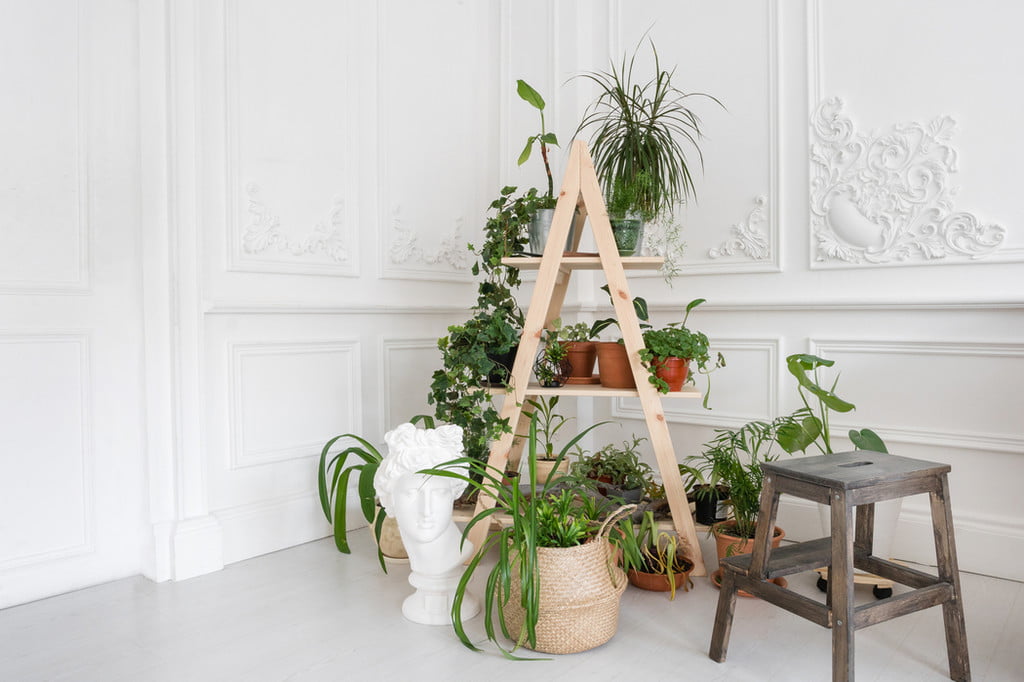
Use planter accessories to maximize your space
Say you do want to have as many plants as possible. One way to achieve this is to take advantage of vertical space. You can place plants on the floor or on tables, but stands and plant hangers allow you to incorporate even more foliage into your home.
With stands, you might have one that displays a single planter or one that holds multiple pots — either way, you’ve got a solution for keeping plants off the floor without investing in a whole table or shelf. Wire baskets and macrame potholders are also perfect for hanging plants from ceilings and curtain rods to maximize your vertical space.
If you’re really going for a vibe that screams maximalism, choosing between different textures and colors for your stands and hangers helps you put together a bold, punchy look. Stands come in metal, wicker, wood, and plastic, while hangers feature jute or wire materials. Metal and wire could be great for an industrial look, while wicker and jute are perfect for a natural vibe.
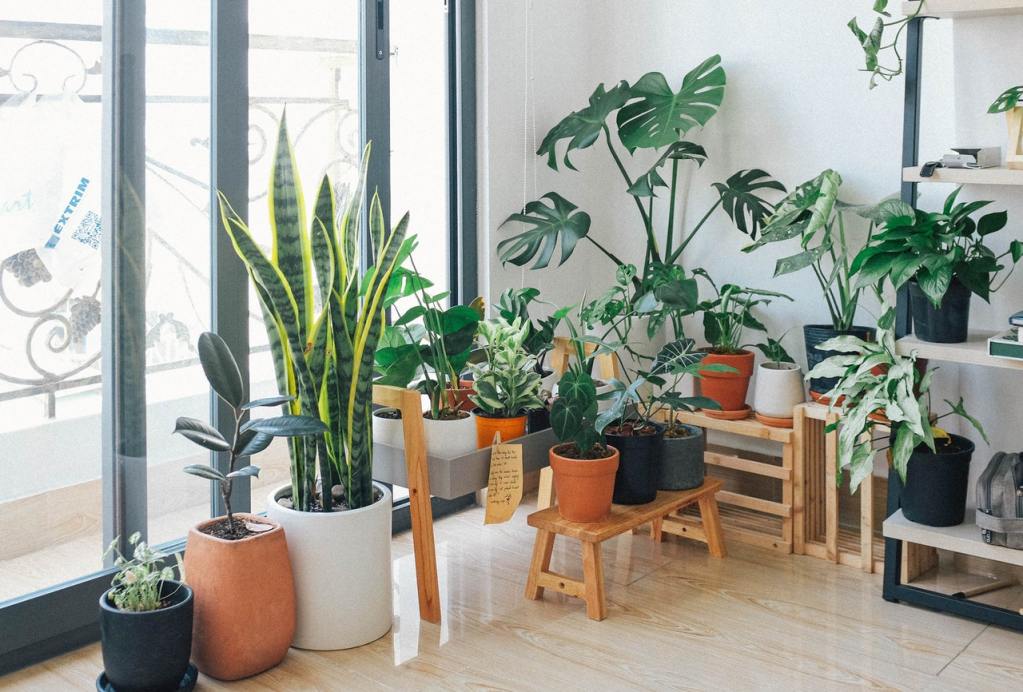
Thoughtfully layer plants to make use of the most space
While it might be tempting to collect plants with reckless abandon, being mindful of their size and spread can help you layer them beautifully. For an organic look, consider getting plants in different pot sizes. Instead of a uniform row of 4-inch planters, mix and match 4-inch pots with 8-inch containers.
Also, think about layering plants with different spread patterns and heights, too. When you keep visually similar plants too close together, they can compete for attention. Try keeping your plants at different levels by placing medium-sized plants on tables, pinning trailing plants onto your walls, and setting tall plants on the floor. You could have one statement plant as a focal point with smaller plants surrounding it. When you layer plants thoughtfully, this can create an appealing tapestry of greenery — think of this undertaking as indoor landscaping!
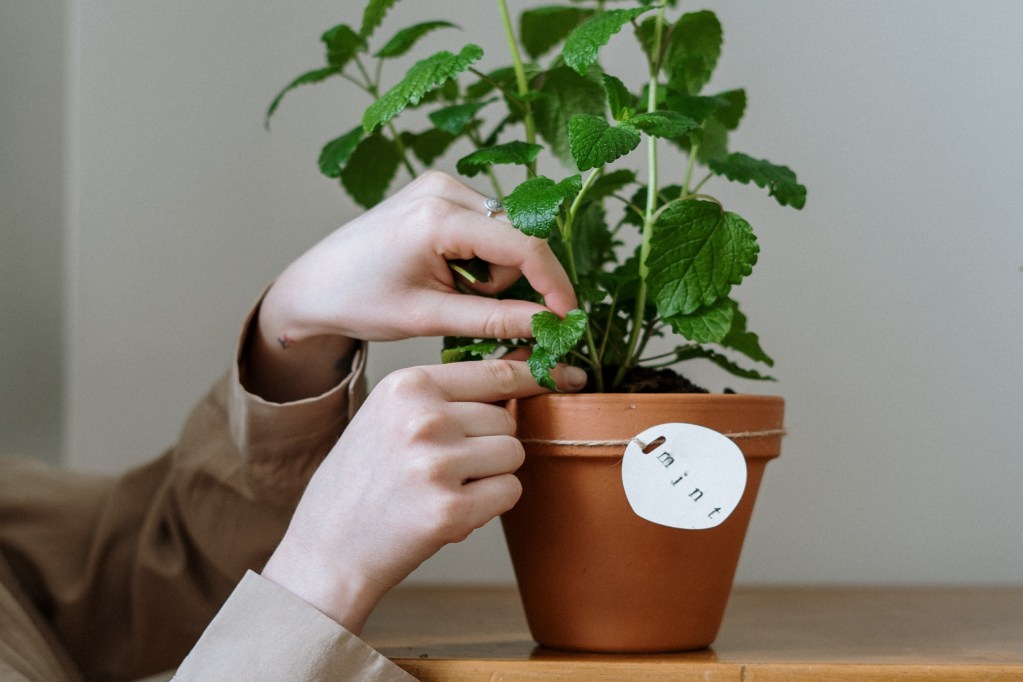
Consider taking part in local plant sales and swaps to get the best deals
If you’re intent on creating a maximalist indoor jungle, you’re going to need lots of plants. Local nurseries and big-box stores are great starting points, but your plant bill can really add up over time. To save money, consider looking into plant sales and swaps in your area.
While you want to be discerning to avoid scams, you may find great deals locally through platforms like Facebook Marketplace and Craigslist. Plant swaps are also great if you want to trade out some of your green babies for other varieties. And, of course, it doesn’t hurt to befriend neighborhood plant enthusiasts who will happily share cuttings and offshoots.
For lush, verdant interiors, build an indoor maximalist jungle with houseplants. This process isn’t even necessarily about grabbing every plant possible. If you’re mindful about choosing the right plants and accessories while thoughtfully layering your collection, you can build a serene green haven in no time.

